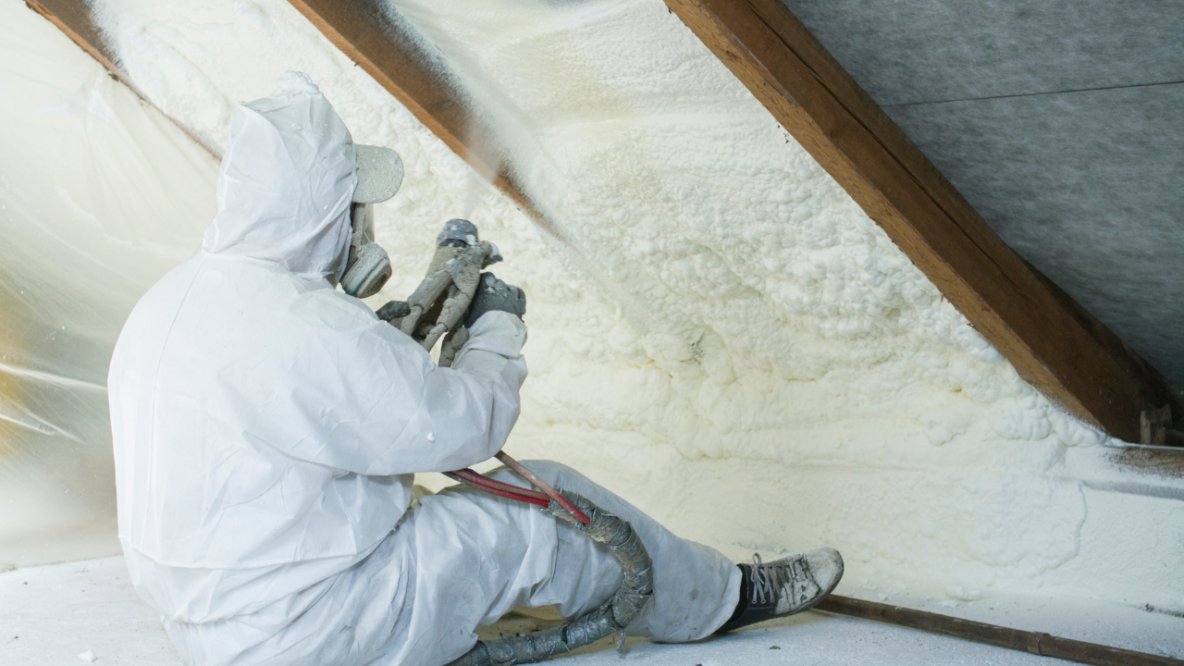With prices going up on goods and services across the board, you might be looking for ways to lower your household expenses. Now is a great time to think about making some home improvements so you can save money on your utility bills throughout the year. With approximately 13% of greenhouse gas emissions coming directly from buildings due to heating, cooling, and cooking needs, here are a few low-cost energy-saving solutions for your home.
Get a Free Home Energy Assessment
An energy audit completed by a professional is a great first step to help benchmark where your home stands in terms of energy efficiency and will give you a better sense of what actions you can take to help improve your home’s energy performance.
Weatherize Your Home
You can do this by sealing any noticeable cracks, particularly around leaky doors and windows. Caulking these areas and weatherstripping can help air-seal troublesome spots in your house. For low- or moderate-income customers, you also might be eligible for the Weatherization Assistance Program to help offset costs.
Add Insulation
After you take steps to air-seal your home, adding insulation to your attic, basement, and walls can go a long way for saving money on electricity – the insulation helps keep the heat inside your house, also making your home more comfortable.
Make Window Improvements
Even if you don’t have the upfront cash to upgrade your windows at the moment, less expensive options include caulking, weatherstripping, and adding thicker window coverings to keep you warm during the winter.
Reduce Phantom Loads
Phantom loads include electricity being used by appliances or devices purely because they are plugged into the walls, even if the device is on standby mode or off. Consider getting a programmable smart power strip, or simply unplug your devices whenever they are not in use.
Check Your Water Heater Settings
Chances are you haven’t touched your water heater in years. Try lowering the temperature to reduce your energy use.
Take Advantage of Your Blinds
To best take advantage of the sun, let the natural light in during the day to help heat your house, but close your curtains at night to help lock the heat in.
Close Your Vents and Doors
For rooms you don’t use often, consider closing those vents and doors to help eliminate energy waste.
An NAHB Certified Green Professional (CGP)™ designation is a reliable way to identify builders, remodelers, manufacturers and other industry professionals who are committed to making your home green. To find a CGP-certified professional to learn more about the latest energy saving techniques for your home, contact our Executive Director, Stephanie Stipins @𝐬𝐭𝐞𝐩𝐡𝐚𝐧𝐢𝐞@𝐟𝐨𝐫𝐭𝐬𝐦𝐢𝐭𝐡𝐡𝐨𝐦𝐞𝐛𝐮𝐢𝐥𝐝𝐞𝐫𝐬.𝐜𝐨𝐦.
For local resource check out our members directory page.
To learn more about what certifications your builder needs to be qualified for an energy efficient build, check out this link.

